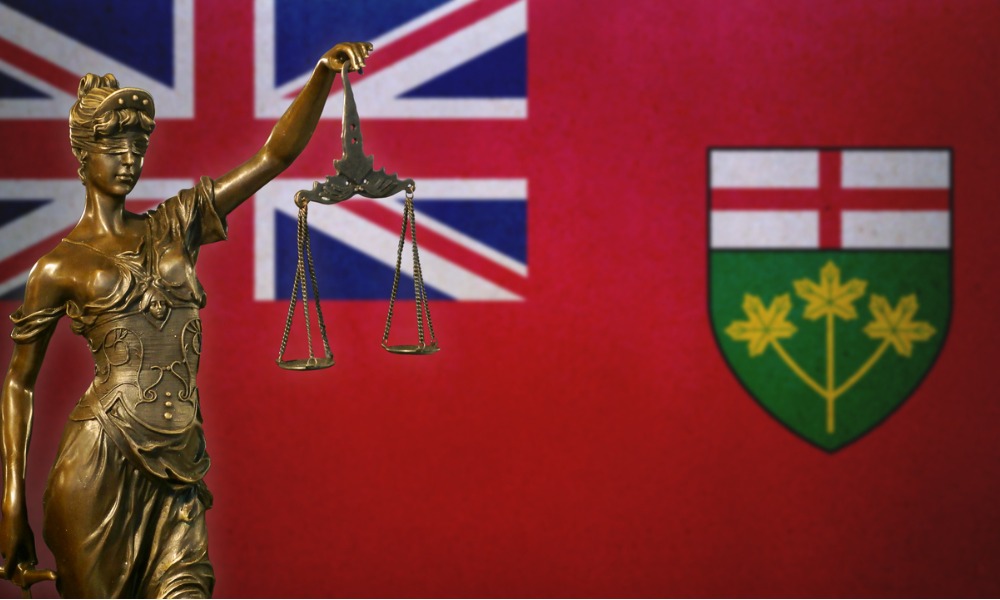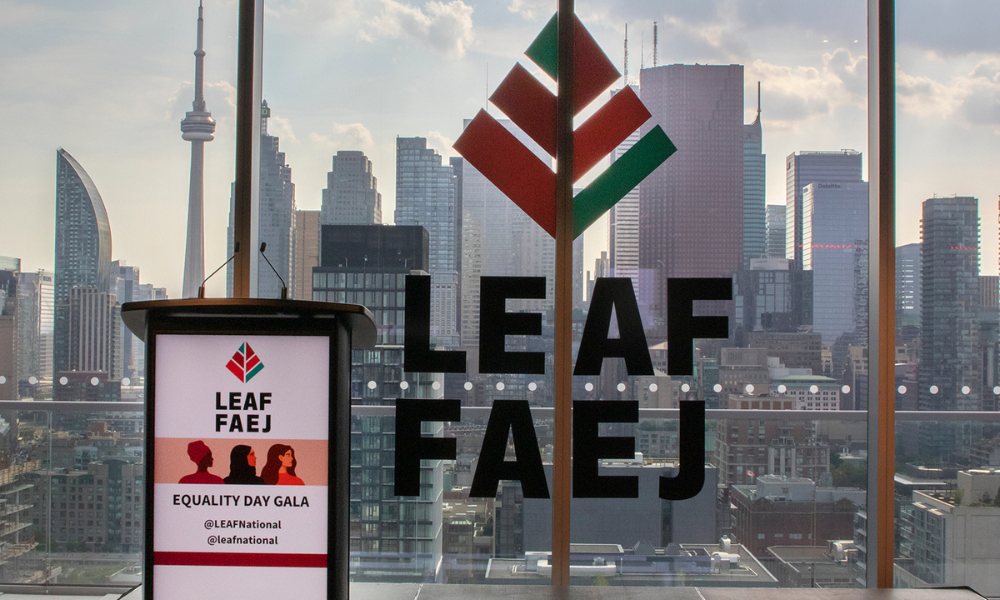After the Supreme Court issued its ruling in July 2014 in R. v. Hart, which outlined a framework for trial courts to assess “Mr. Big” police undercover operations, the characterization of the decision by major media outlets and some legal scholars was similar.

After the Supreme Court issued its ruling in July 2014 in R. v. Hart, which outlined a framework for trial courts to assess “Mr. Big” police undercover operations, the characterization of the decision by major media outlets and some legal scholars was similar.
The judgment was described as requiring stricter rules for police and setting a high standard for any evidence obtained in these investigations to be ruled admissible.
The death of Mr. Big, however, appears to be greatly exaggerated, based on trial court rulings since the Supreme Court decision four years ago.
There is no reported case in Ontario where an undercover operation that has elements of Mr. Big, even if it does not include a purported organized crime boss, has resulted in an exclusion of evidence because of an abuse of process by police.
Defence lawyers who have acted for clients subject to these types of undercover operations say it continues to be a very difficult standard to meet for evidence to be excluded.
Alison Craig, a partner at Lockyer Campbell Posner, says trial courts are still granting too much leeway to police.
“Hart is being interpreted very narrowly,” says Craig, who was co-counsel in a case where Mr. Big evidence was excluded because of police conduct, just weeks before Hart was released.
“Police forces are now able to get around Hart and use the same pressure tactics, but with another scenario,” she says.
“There are some prfocedural safeguards in Hart, but it simply prolongs the inevitable,” says Tyler Smith, a partner at Hicks Adams LLP in Toronto.
“The problem with Hart is that police had already moved away from the traditional Mr. Big investigation. Hart is designed to deal with classic Mr. Big and not where there is a different type of long-term, concerted undercover operation,” he says.
Ottawa defence lawyer Tyler Botten says police have learned from past court rulings and made some changes to these types of undercover investigations.
“Many of the same hallmarks are there, but police are leaving out some of the more egregious aspects,” says Botten, who was co-counsel for Ali Omar Ader, convicted in the hostage-taking of Amanda Lindhout. In that case, RCMP officers posed as book publishers during the investigation.
The Mr. Big technique first started to be used widely in the 1990s, especially by the RCMP in western Canada. It is a “Canadian invention,” as the Supreme Court noted.
The traditional scenario is to enlist a suspect into becoming part of a criminal organization. Eventually, the person is able to meet with the “leader” of this crime group, who promises to make charges go away in exchange for the individual revealing what they have done. It was not uncommon for there to be fake crimes staged by police, threats made and other pressure tactics aimed at the target.
Over the years, some police forces have modified the technique so it is not a traditional Mr. Big sting. One popular scenario is to pose as being part of a criminal group that can enlist a “dying” friend to confess in exchange for some financial benefit to his family. To be able to do so, the target must reveal the details of the crime, so the “friend” can be convincing with his false confession.
The operations can be quite elaborate. For example, the police investigation in R. v. MacDonald included a visit to a Toronto hospital so the suspect could meet with the person who was supposed to be terminally ill. That case also involved an ice fishing trip on Lake Simcoe where the suspect was urged not to contact his lawyer. As well, the undercover officers stated that they knew another lawyer called “Vlad the Russian” who might be able to assist.
Smith, who acted for Graham MacDonald, says these different scenarios may still be abusive but they are being upheld by the courts.
“There are various permutations on what they can do. It is almost limitless. As long as they don’t threaten them and lead to a Mr. Big meeting, it seems to be OK,” says Smith.
The majority decision in Hart was written by Justice Michael Moldaver, who stated that there were no known wrongful convictions as a result of Mr. Big operations and that it had helped solve many serious crimes. However, he agreed that they raise issues abut the reliability of confessions and the potential for police misconduct. In his judgment, he set out a “two-pronged approach” for trial judges to assess Mr. Big-style police investigations.
A confession from these operations is presumptively inadmissible, unless the Crown can establish on a balance of probabilities that the probative value of the confession outweighs its prejudicial effect. If the confession is admissible, then the onus is on the defence to show that police engaged in an abuse of process.
“Abuse of process is a very high standard,” says Botten. He adds that the specific facts in the Hart case clearly favoured exclusion of his confessions and, as a result, narrows the impact of that decision. “A Crown can come in and say, this case is not Hart,” he observes.
One positive development for the defence is a ruling of the Ontario Court of Appeal last year in R. v. Kelly, notes Smith. The court found that even if an undercover operation is a “variation” of the traditional Mr. Big sting, it is still subject to being analyzed under the framework set out by the Supreme Court. “Kelly is important because, before this, you would have to go through an extra hoop to convince a judge it was a Mr. Big,” says Smith.
Police are also continuing to create new scenarios in these operations and, according to Craig, the best defence against them is in the hands of the suspect.
“If someone wants to be your new friend, don’t talk to them,” she says.










